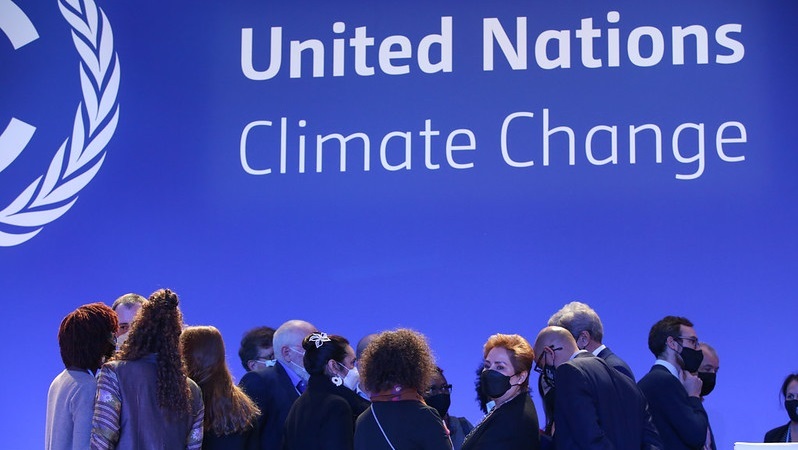As estimated by Russian scientists, the Glasgow Climate Pact adopted at the Conference of the Parties to the United Nations Framework Convention on Climate Change (UNFCCC) is unlikely to be implemented. The primary target of the Pact is “to hold the increase in global average temperature below 2°C above pre-industrial levels
A key tool in attaining the primary target of the Glasgow Climate Pact is the reduction of carbon dioxide emissions caused by the burning of fossil fuels. However, since the 2013 Warsaw Statement on Low Carbon Transport and Sustainable Development that for the first time called on the world’s nations to make “the most rapid sustainable reductions of emissions”, the global community failed to come close to the required world economy decarbonization rate. Moreover, a gap between the achieved and required decarbonization rates has been widening from year to year. It results from the conservatism of the global energy system, whose tough competition conditions prevent it from unreasonably fast reforming. It is obvious that the decarbonization program outlined in the Glasgow Pact cannot be implemented within the specified deadlines.
“The global community has no real opportunities to limit temperature growth within 2.0°C, let alone 1.5°C; these opportunities will not become available, unless the world’s population growth has been stopped within the lifetime of the current or next generation,” Alexander Klimenko, a study co-author, member of the Russian Academy of Sciences, Professor, Dr. Sci. (Engin.), leading expert of the NUST MISIS Competence Center, argues.
According to the UN Population Division, the world population will stabilize at
Another important reserve in slowing down the global warming is to reduce emissions of methane, being a gas, whose greenhouse effect is 25 times higher than that of CO2. This rather unexpected result is also due to the fact that the atmospheric life cycle of methane (about 12 years) is much shorter than the life cycle of carbon dioxide (more than 100 years). It means that a reduction in methane emissions leads to a much faster decrease in its concentration and the radiation impact. The goal is achievable, if major emitting countries join global commitments. At the same time, it has to be borne in mind that these are the poorest countries with rapidly growing populations, which nullifies efforts taken by developed nations to limit emissions.
The Glasgow Pact aims to discontinue deforestation by 2030 and, whereupon, start forest regeneration. After all, it is the planet’s tree cover that constitutes the most crucial controlled reservoir of carbon stock. The intensity of such stock has been declining over the past 200 years due to a steady decrease in forest cover. However, forests are not always carbon sinks. Young trees with a low carbon dioxide processing capacity do not compensate for the loss of mature cleared forests. On top of that, it is not obvious what areas might be covered by future woodlands, as today’s area of
Alexander Klimenko believes that the measures taken by the UN are definitely insufficient. Hopes for slowing down warming and achieving the intended target may be fixed on certain demographic processes that might lead to the suspension of global population growth within the next 40 years and thus limit the need for energy, contribute to dealing with climate and other issues related to environmental degradation. In the first place, such processes include the extension of today’s educational, healthcare and hygienic standards to developing nations.



